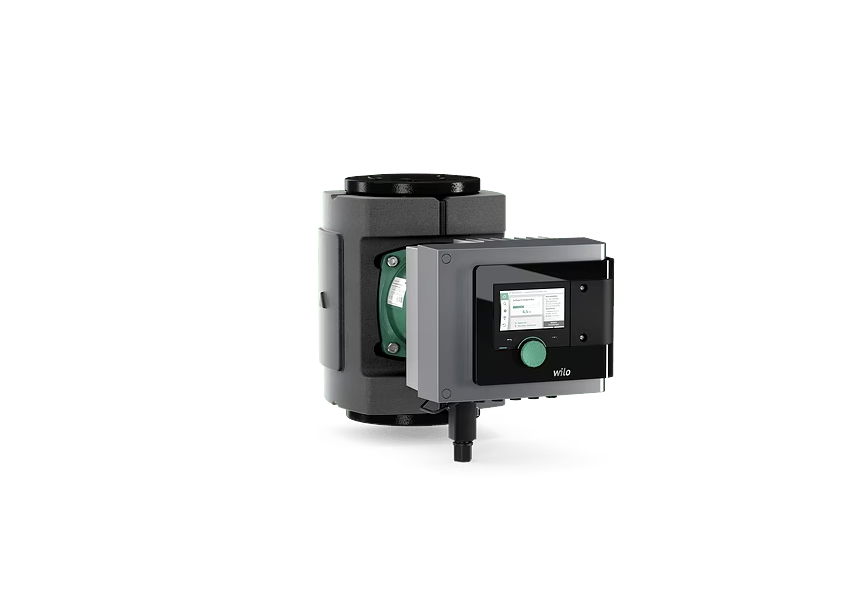Flow rate and head loss:
The central heating pump must be able to provide adequate flow rates to ensure that heated water reaches all parts of the building evenly. The flow rate is typically measured in cubic m/hour. Additionally, the pump must overcome the head loss (resistance) in the piping system, which can be influenced by factors like pipe length, diameter, and the number of fittings or valves. A qualified heating professional can help determine the required flow rate and head loss for your system.
Temperature difference:
The difference between the supply and return water temperatures in the heating system, also known as the temperature drop or ΔT, will affect the central heating pump's size. A smaller temperature difference may require a more powerful pump to maintain correct flow rates and heat distribution.
Number of heating zones:
If your heating system has multiple zones, each with separate thermostats and control valves, you may need a central heating pump with a higher capacity to handle the increased demand.
Pump efficiency:
When sizing a central heating pump, it's essential to consider the pump's efficiency to ensure optimal energy use. Selecting a high-efficiency pump with variable speed settings can help save energy and reduce operating costs
Expansion and future upgrades:
When sizing a central heating pump, consider potential future expansions or upgrades to the heating system. If you plan to add more radiators or increase the building's square footage, choose a pump with sufficient capacity to accommodate these changes.
By considering these factors you can accurately size a central heating pump for your building. Properly sized pumps will ensure efficient operation, reduce energy costs, and provide consistent comfort throughout your space.
To see our pump range click here

